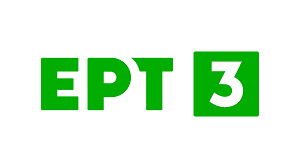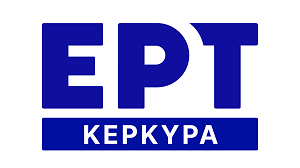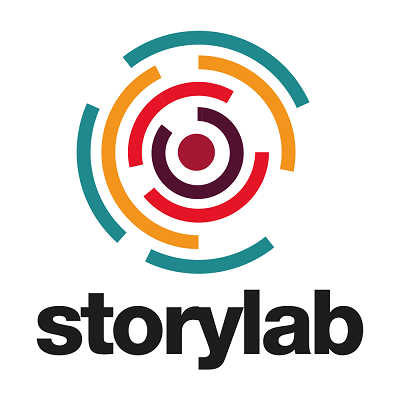Who is an agelast? The one who never laughs.
Is information under its natural meaning in the mimetic process of animals?
The paper states that masquerade camouflage, if a conscious act, presupposes a deeper understanding of natural patterns and consciousness is an underlying principle that might be unveiled4. Any occurrence of mockery presides over an audience, so mimetic animals know their impact on predators. Mimetic animals imitate not only morphological but physiological and behavioural traits as well.
Humour exerted by AI painting machines are gradually becoming empathetic (not yet conscious?) of comic information they attribute to audiences. In the symptomatology of artworks produced by machines, online AI text-to-image apps provide sliding menus for the diminution or exaggeration of a mimic property as laughter, eye-opening levels, etc. In any case, it is information stored from other historical art images or photographic paradigms, processed to formalise a new iconopoiia. The case of using AI for a handcrafted painting is one of a more sophisticated character, since the artist withdraws from certain juxtapositions that the machine originally ignores, ultimately making the process more malleable. If humour has been esteemed as an explicitly human product, contemporary AI machines produce complicated humouristic paradigms for mortals to experience.
Back














